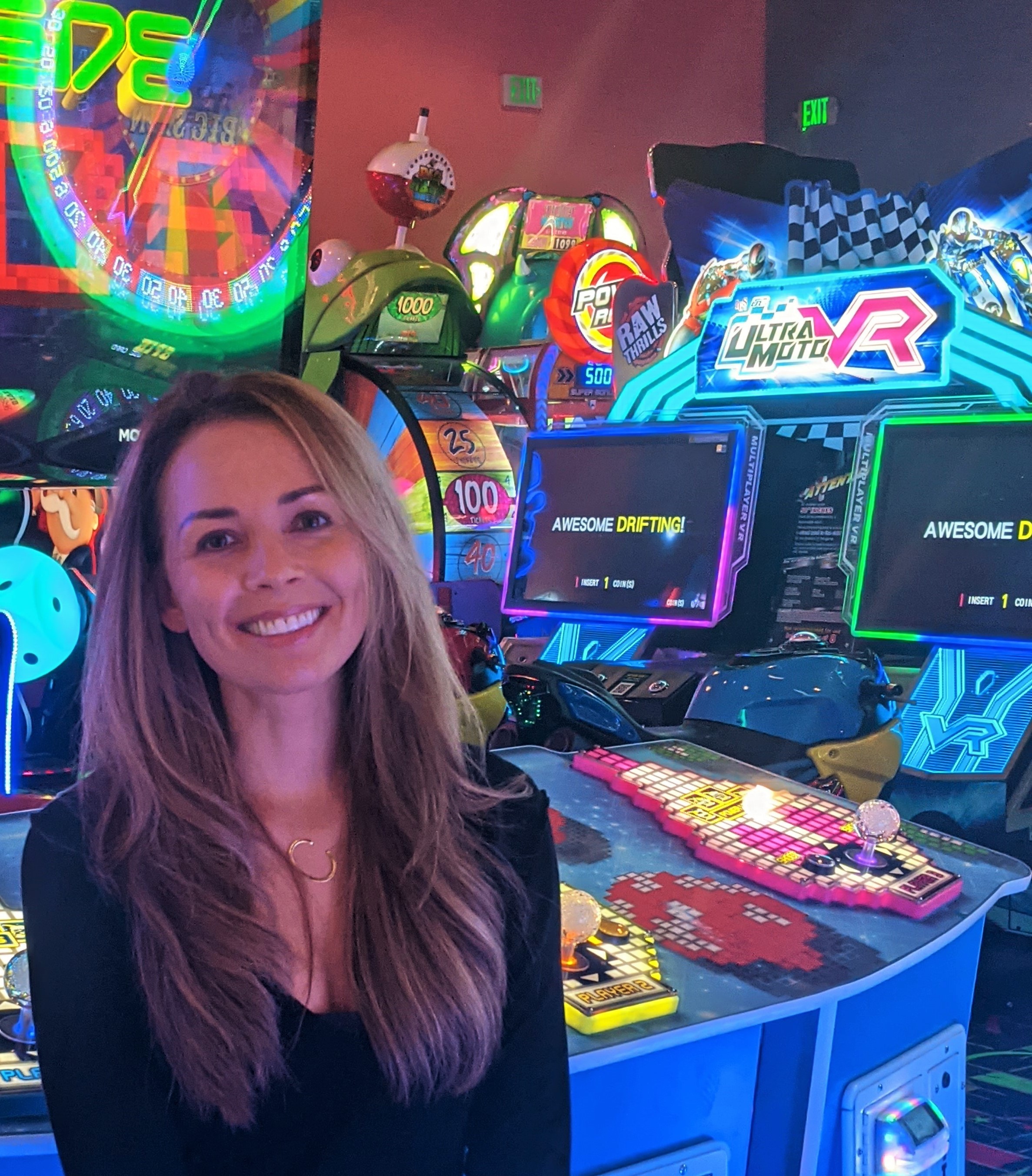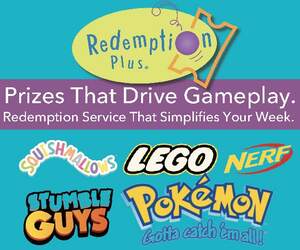Younger Generations Are Changing The Family Business
Chelsea Ducat’s career after high school took a few twists and turns; after attending college in Alabama, she settled in Tallahassee, Florida, and then Nashville.
While she wasn’t quite sure what her long-term plans were, she had one thing in mind: “I knew I wanted to be Anywhere-But-Here, U.S.A.,” Ducat said with a laugh. “Here” in this case was central Florida, where she grew up around Cypress Lanes, owned by her father and grandfather.
But then a funny thing happened. She came back to visit one day and ended up helping her dad out in the bowling center. “I realized that I really missed being here,” Ducat said. “The work felt purposeful. We weren’t just part of corporate America. Instead, we were providing good, wholesome entertainment to good people.”
Since then, Ducat has moved back, settled in Lakeland, FL, and now helps run Cypress Lanes and a second family center, Strikers. She’s just one of many young proprietors who are keeping centers across the country in their families. And as this next generation increases their roles in the business, they’re changing the game.
Growing Up in the Industry
Kylie Hicks spent a lot of time in bowling centers. Her family owns two centers in California, where she’d go after school and hang out. “I got to really know some of the people who worked for us for years and years,” Hicks said. “And because of that, I knew I’d always end up back here in some capacity.”
At first, she began working in one of the center’s restaurants, and eventually was given more and more responsibility. Today, she’s co-owner of Hi Joy Bowl in Port Orchard, WA, with her two brothers and uncle.
Scott Logan has a similar story. His family has been in the industry for four generations. And while he wasn’t pressured into following in their footsteps, bowling came naturally to him because it was “what he knew.”
He started as the arcade manager in one of his family’s centers. For 10 years he worked hard to “prove I was supposed to be there and that things weren’t handed to me because I was the owner’s son.” Eventually, he became general manager and now co-owner of Grand Station Entertainment, a family entertainment center in College Station, TX.
With Power comes Responsibility
Taking over a center is never easy, but it’s even harder when you’re taking over responsibility from family. It may involve changing the way your parents or grandparents have done things for decades.
“There had been a lot of changes I had wanted to make before, but I didn’t really have the position or power to do it,” said Logan. For instance, he introduced lane servers, treating the center more like a restaurant so that bowlers could order food and have it brought to them while playing.
“Once you make a change like that, one thing leads to another,” Logan said. “We needed to up our food standards and become a full-fledged restaurant. Guests expected better quality, and we needed to meet those expectations.”
Marc Ciniello is another young proprietor making his way as part of a family dynasty. His parents, Pat and Lisa, own six facilities across Florida. Marc runs FastTrax, which includes go-karts, an arcade, miniature duck-pin bowling, bumper cars, and more. He also spent three years as general manager of Headpinz Naples, one of his family’s FECs.
“A lot of the business in our centers caters to league bowlers, but we need to dive into the idea of recreation,” Ciniello said. “The entertainment aspect of bowling is going to become the dominant force and we need to adapt to that.” That means new technology and new profit centers such as virtual reality are key components to a diverse operation.
“There are a lot of people afraid of change and that’s a problem,” Ciniello said. “But technology affects every sport, from golf to tennis to the more major sports. If you scoff at technology, you’ll get left behind.”
Catering to a New Generation
In addition to technology, one of the biggest changes being made across the bowling industry is adapting to the interests and ways of life of newer generations. “We need to get out of our old-school mentality,” Ducat said. “We have fewer league bowlers now, and we need to focus on — and market — our open play.”
Ducat has placed an emphasis on marketing via social media. “We knew our league bowlers and their families and what they eat for lunch,” she said. “But now we have a more transient crowd, and we need to still reach them to stay top-of-mind.”
Cypress Lanes and Strikers now engage with people on social media, creating an online persona with the lingo and language used among younger generations. “My dad doesn’t really care for that type of thing,” Ducat said. “But if we’re going to move forward and appeal to a millennial population, we need to meet them where they are.”
Hicks has similar plans, hoping to revamp her center’s website and improve online reservations. “Sometimes when you’re in the industry so long, you have the mindset, ‘If it ain’t broke, don’t fix it,’” Hicks said. “But a fresh set of eyes can help push us forward, and that’s what I am trying to bring.”
In the end, despite the challenges and changes they are making, the young proprietors say they have been embraced by all members of the bowling industry. “My family and the whole industry have been great to me and welcomed me with open arms,” Ducat said. “Though I never expected to be here, I’m so glad I am.”
Other young operators share their vision of where they think the future of the bowling and FEC industry is going:
Eddie Gable, Ohio-based RollHouse Entertainment, Regional Manager
"The bowling industry is becoming about providing the best overall experience to win the battle for the customer. Drivers like food, beverage, and other forms of entertainment have become important for us in winning that battle."
Jeremy Cottrell, Yorktown Lanes, Parma Heights, OH
“Don’t count out being ‘just’ a bowling center. As a traditional bowling center, in an age of FECs and boutique operations, we’re coming off one of our busiest seasons in years. In our area, open bowling is on the rise, and we’re experiencing an influx of leagues as FEC and hybrid centers are turning away their weekend leagues. Many people think if you want to survive, you must add other revenue generators like redemption games and laser tag, which have significant initial costs involved. For a family-owned center, that’s not so easy to pull off. We remained ‘just a bowling center,’ and are doing it the best way we know how, and it appears to be working. Be proud of what you do. Do it well.”
WHAT DO YOU LOVE MOST ABOUT THE BOWLING INDUSTRY?
We asked young proprietors what drew them back to bowling and what they love most about the industry.
Marc Ciniello: “We’re a small industry and everybody seems to know everybody. Being in the centers and watching day-to-day operations, there’s always an adrenaline rush. What we do is sometimes too much fun to call it a ‘job.’”
Chelsea Ducat: “The people in this industry are so good. When you go to Bowl Expo or other events, connecting with other operators is fantastic. I enjoy being in the business of offering fun experiences.”
Kylie Hicks: “Our employees and our customers keep me coming back every day. We’re in the people business more than anything else.”
Scott Logan: “The one thing that bowling has over anything else is that you can bring multiple generations together to enjoy the same activity. We need to hang our hat on that.”




